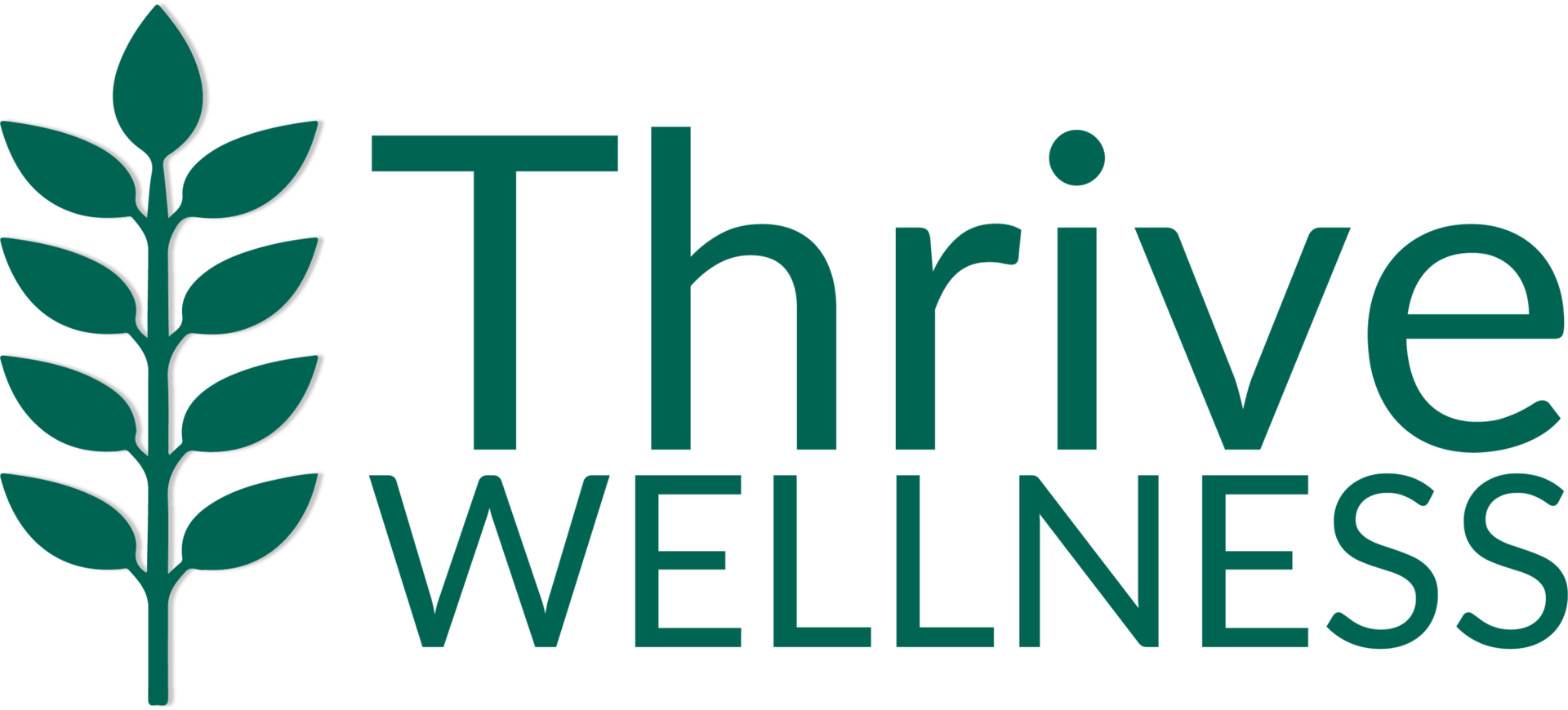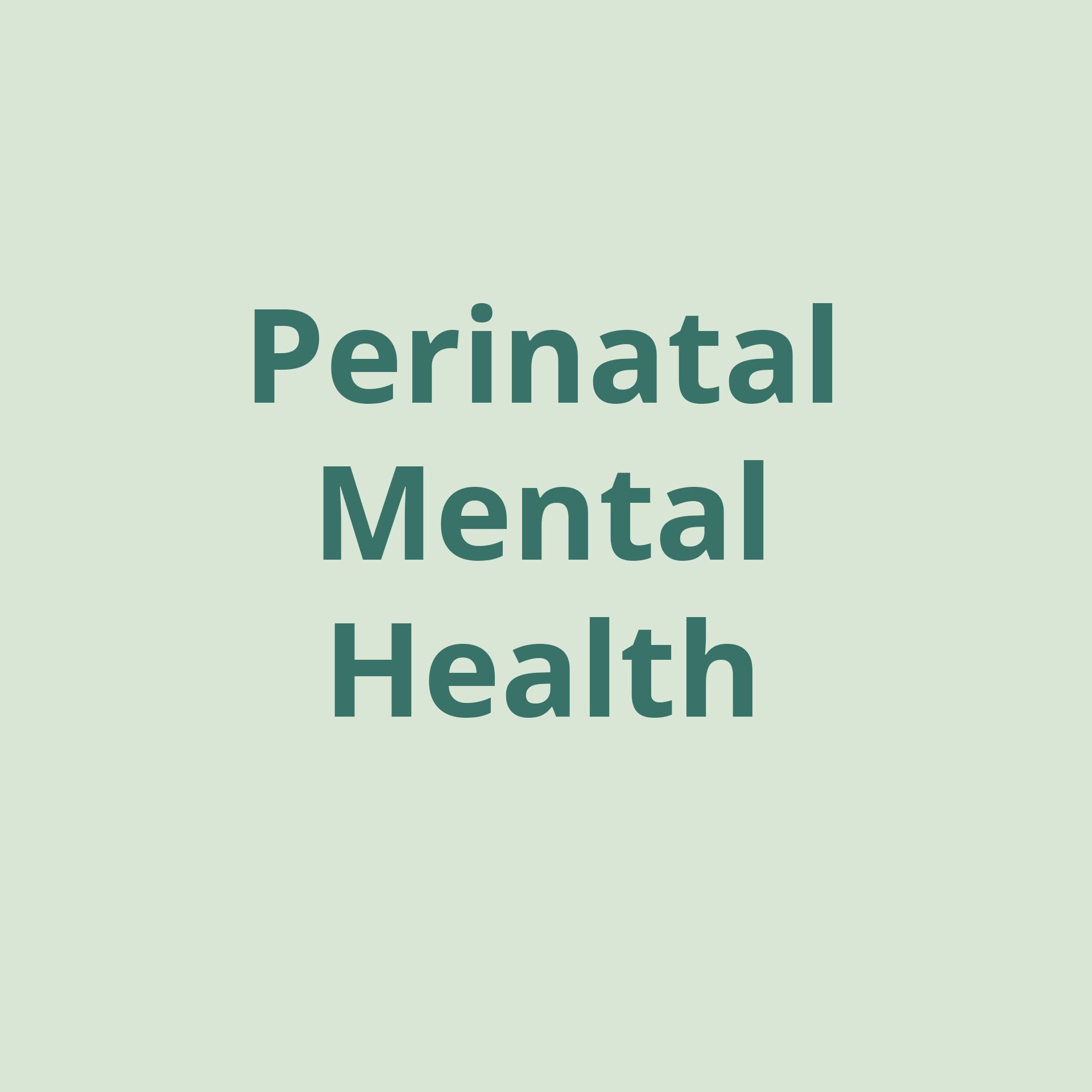Coping With Chronic Pain Comprehensively Through Occupational Therapy

By Thrive Wellness Reno Occupational Therapist Dr. Meadow Deason, OTD, OTR/L
Twenty percent of adults experience chronic pain, and many report that it limits their abilities to participate normally in daily activities. Chronic pain may be the result of various health conditions, while sometimes it also occurs for no known reason long after an injury has healed. Occupational therapy , a scope of practice that seeks to empower individuals to overcome obstacles to daily tasks, can be helpful in overcoming the mentally and physically debilitating nature of chronic pain.
WHAT IS CHRONIC PAIN?
Chronic pain is any pain that:
- Persists longer than the typical recovery time for a particular ailment
- Is associated with a chronic illness
Common conditions that often contribute to chronic pain include:
- Arthritis: A condition characterized by inflammation in the joints, causing joint pain and stiffness. Almost half of adults with arthritis experience persistent pain.
- Cancer: Changes in the nerves often occur while battling cancer and can result in chronic pain. Chronic pain is one of the most common long-term side-effects of cancer treatment, and 34% of cancer survivors report having chronic pain.
- Fibromyalgia: A condition that results in widespread pain throughout the body, fibromyalgia has no known causes.
- Malformations: Abnormally formed parts of the body, such as the brain, spine, or veins can be extremely painful.
- Migraines and headaches: Occurring when specific nerves send pain signals to the brain, migraines and headaches can be triggered by stress , dehydration, and lack of sleep , among other reasons.
- Neuropathic pain: Caused by injury to certain nerves, neuropathic pain may result in shooting, stabbing or burning sensations.
- Scarring: As a wound heals, nerve endings regenerate and the scar tissue may become painful.
- Spinal pain: Possibly resulting from overuse, muscle atrophy, aging processes, and other causes, spinal pain may range from dull, constant aches to sudden, stabbing sensations.
As it persists, chronic pain may radiate physically, meaning that the pain spreads to different areas of the body. Coupled with lack of movement, chronic pain can increase discomfort throughout the muscles and joints and lead to muscle atrophy.
MENTAL HEALTH IMPACTS OF CHRONIC PAIN
Common mental health struggles resulting from chronic pain include:
- Anxiety and depression : Chronic pain can be depressing and anxiety-inducing. Researchers have also found that pain, anxiety, and depression may overlap biologically within the body.
- Difficulty with daily activities: Showering, dressing, and household tasks can be more challenging when living with chronic pain.
- Loss of roles: Some face limitations in fulfilling roles such as that of an active parent, engaged spouse, or productive employee after developing chronic pain
- Sleep problems: Pain can often make it difficult to relax and sleep comfortably through the night.
- Sense of disempowerment or loss of control: The inability to function normally can make some feel like they have lost some agency over their lives.
- Social isolation: Low mood and diminished endurance for social activities can cause one to be more withdrawn.
- Overall reduced quality of life: Chronic pain can impact just about every area of daily life.
OCCUPATIONAL THERAPY FOR CHRONIC PAIN MANAGEMENT
Occupational therapy approaches chronic pain with a biopsychosocial perspective by considering the biological, psychological, and social factors and their interplay. With such a broad treatment context, occupational therapists can help individuals:
- Function at the highest possible level
- Maintain or redevelop their independence
- Participate in everyday activities
- Achieve their goals
Concurrently, occupational therapy guides individuals in implementing evidence-based strategies for managing their chronic pain. These strategies are effective lifestyle changes that may include:
- Communication skills training: Practicing honesty and directness about one’s chronic pain so that others are aware and respectful of one’s debilitating condition.
- Ergonomics: Using modification and adaptations that enable a person to effectively and safely interact with their environment.
- Muscle tension reduction training: Using calming techniques to relax muscles and settle one’s mind can help diminish the tension and distress associated with chronic pain.
- Neuromuscular re-education: Retraining muscles that may have developed or adjusted abnormally due to the chronic pain and using the appropriate muscle groups to participate in daily activities.
- Pacing activities: Taking time to rest, modifying tasks, or requesting support to help oneself avoid pain flare-ups when engaging in activities.
- Proactive pain control: Independently engaging in pain control modalities, such as using ice to reduce inflammation.
- Promotion of social engagement: Encouraging one to seek a sense of support and cultivate community.
- Safe body mechanics: Practicing proper body movement and posture to prevent strain and promote physical capabilities.
- Use of adaptive equipment: Can be leveraged to increase independence and decrease pain during daily activities.
OCCUPATIONAL THERAPY AT THRIVE WELLNESS
Providing synergistic health care that includes mental, emotional, and physical health, Thrive Wellness Reno offers occupational therapy in addition to our many other integrated wellness services. Our occupational therapy services guide clients in developing and maintaining autonomy despite any physically or mentally limiting conditions, including chronic pain. Collaborating with interdisciplinary clinicians, our occupational therapists wholly consider the mind-body interaction when integrating customized interventions for each client. Reach out to learn more.
While all Thrive Wellness locations offer interdisciplinary clinical teams who collaborate to treat eating disorders, perinatal mood and anxiety disorders (PMADs), and additional mental and behavioral health conditions, programs and services may vary by location.
About the Author
Thrive Wellness Reno Occupational Therapist Dr. Meadow Deason, OTD, OTR/L
Dr. Meadow Deason earned her doctorate of occupational therapy at Huntington University and is a licensed doctor of occupational therapy (OTD). As an occupational therapist, she has extensive clinical experience in neurological and physical rehabilitation, fall prevention education, community-based services, home health, and mental health. Dr. Deason is also trained in oral motor function assessment, feeding therapy, therapeutic pain education, home modification, aging in place, brain injury rehabilitation, sensory integration, integration of primitive reflexes, neuromuscular rehabilitation, upper extremity rehabilitation, behavioral management, ergonomics, and mindfulness. She partners with individuals and their loved ones to overcome emotional, physical, and social barriers to holistic health through meaningful activities designed to develop, recover, modify, or maintain skills for thriving in everyday life.
Prior to becoming an occupational therapist, Dr. Deason gained years of experience in early childhood intervention, social services, treatment, foster care, special education, and business.
When she is not helping her clients live their life to the fullest, she enjoys skiing, hiking, biking, and paddleboarding with her family.
The post Coping With Chronic Pain Comprehensively Through Occupational Therapy first appeared on Thrive Wellness.








